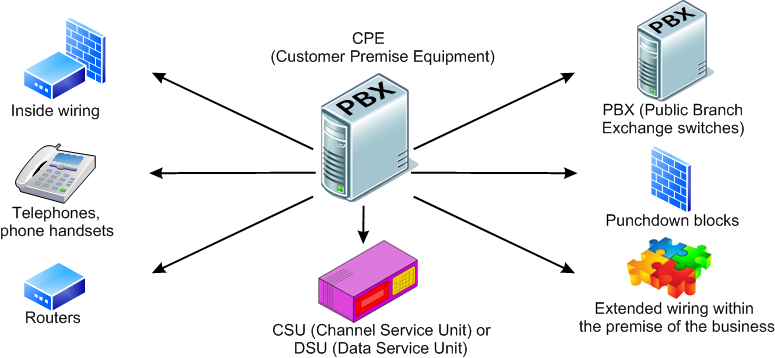What is PSTN?
This article will give you the opportunity to get some information about the Public Switched Telephone Network. Its significance lies within communication with voice (through a telephone) and via the Internet. So if you would like to know more about what it is and how it works, then this article has been written for you.
The term Public Switched Telephone Network, or PSTN refers to the public communication system providing long distance, local and extended local telephone service. A group of common communications carriers make it available to the public. Those who are subscribed can make calls to anyone with access to this system no matter which carrier he or she uses.
CPE
Customer Premise Equipment is the term, which describes the devices used to connect subscribers to the PSTN through a NID, or a network interface device. The customer's equipment is only separated from the equipment of the company by that, which serves as an imaginary line, called demarcation.

Such CPE could be
(as shown in Figure 1):- Inside wiring
- Telephones, telephone handsets
- CSU (Channel Service Unit) or DSU (Data Service Unit). Both are modem-sized hardwares, which convert digital data from the local area network into data appropriate to a wide-area network and the other way around.
- Routers
- Public Branch Exchange switches (PBX)
- Punchdown blocks
- Extended wiring within the premise of the business
Branch Office Equipment of a PSTN
Outside Plant
- Local Loop (the physical wiring between the central office of the telephone company and the customer's premise)
- Voice Lines (a type of local loop, which tramsmits the voice signals)
- Trunk Lines and Tie Trunks (high-speed connection between central offices)
Inside Plant
- Multiplexors
- Time-Division Multiplexors
- Statistical Time-Division Multiplexers
- Digital access Cross-Connection Switches
- Distribution Frames
- Punchdown Blocks
- Patch Panels
Although PSTN is the telecommunication network of the past, Ozeki Phone System, a next generation technology of communication, is still able to provide you access to it. The Ozeki Phone System is one of the most powerful and most advanced systems, and if you are looking for a product that is easy to manage and offers high quality and flexibility, then it is what you should choose.
Check out the following articles for more information:
For a better understanding, please watch our video:
What is PSTN? (Video tutorial)
